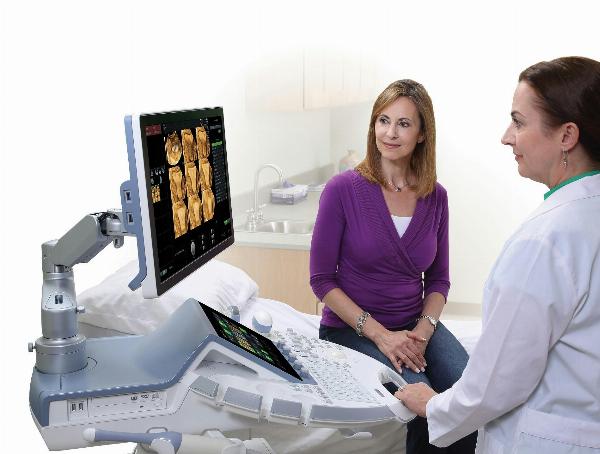Essential Facts About Gynecological Ultrasound

Strong 8k brings an ultra-HD IPTV experience to your living room and your pocket.
Gynecological Ultrasound in Dubai is a non-invasive imaging technique that uses sound waves to create images of the female reproductive organs. It is a safe and painless procedure that provides valuable information about the health of the uterus, ovaries, and cervix.
How Does Gynecological Ultrasound Work?
A gynecological ultrasound uses a small device called a transducer, which emits high-frequency sound waves. These waves bounce off the internal organs and create echoes that are converted into images. There are two primary types of gynecological ultrasounds:
Transabdominal ultrasound: This involves placing a transducer on the abdomen to capture images of the pelvic organs.
Transvaginal ultrasound: A small, wand-like transducer is inserted into the vagina for a closer view of the reproductive organs.
What Conditions Can Gynecological Ultrasound Detect?
Gynecological ultrasounds are used to diagnose and monitor a wide range of conditions, including:
Pelvic pain: Identifying the cause of pelvic pain, such as endometriosis, ovarian cysts, or uterine fibroids.
Infertility: Evaluating the uterus, fallopian tubes, and ovaries to identify potential causes of infertility.
Pregnancy: Monitoring fetal growth and development, assessing placental function, and detecting potential complications.
Ovarian cysts: Detecting and monitoring ovarian cysts.
Uterine fibroids: Assessing the size, location, and number of uterine fibroids.
Endometrial cancer: Evaluating the thickness of the uterine lining to detect potential abnormalities.
Ectopic pregnancy: Identifying a pregnancy that occurs outside the uterus.
Benefits of Gynecological Ultrasound
Non-invasive: No incisions or injections are required.
Painless: The procedure is generally painless.
Safe: Ultrasound does not use ionizing radiation.
Accurate: Provides detailed images of the reproductive organs.
Versatility: Can be used to diagnose a wide range of conditions.
Preparing for a Gynecological Ultrasound
Preparation for a gynecological ultrasound depends on the type of ultrasound being performed. Your healthcare provider will give you specific instructions. Generally, you may need to have a full bladder for a transabdominal ultrasound, while a transvaginal ultrasound may require an empty bladder.
When to Consider a Gynecological Ultrasound
It is recommended to schedule regular gynecological checkups, including ultrasounds, as part of preventive healthcare. However, you may need more frequent ultrasounds if you are experiencing symptoms such as pelvic pain, abnormal bleeding, or difficulty conceiving.
Benefits refer to advantages, rewards, or positive outcomes associated with something. They can be tangible or intangible, and they can apply to various aspects of life, such as health, finance, relationships, or personal growth.
Types of Benefits
Tangible Benefits: These are benefits that can be measured or quantified. Examples include:
Financial benefits: higher salary, bonuses, stock options
Health benefits: health insurance, gym membership, wellness programs
Material benefits: company car, paid vacations, equipment
Intangible Benefits: These benefits are less tangible but equally valuable. Examples include:
Personal growth: opportunities for learning and development
Job satisfaction: feeling fulfilled and engaged in work
Work-life balance: flexible hours, remote work options
Reputation: building a strong professional reputation
Benefits in Different Contexts
Employee Benefits: These are perks offered by employers in addition to salary, such as health insurance, retirement plans, and paid time off.
Product Benefits: These are advantages that a product offers to consumers, such as improved performance, enhanced features, or cost savings.
Health Benefits: These are positive effects on physical and mental well-being, such as increased energy, reduced stress, and improved sleep.
Social Benefits: These are advantages that contribute to the well-being of a community or society, such as education, healthcare, and infrastructure.
Conclusion
Gynecological ultrasound is a valuable diagnostic tool that plays a crucial role in women's healthcare. By providing detailed images of the reproductive organs, it helps healthcare providers diagnose and manage a wide range of conditions. Regular gynecological checkups, including ultrasounds, are essential for maintaining optimal reproductive health.
Note: IndiBlogHub features both user-submitted and editorial content. We do not verify third-party contributions. Read our Disclaimer and Privacy Policyfor details.







